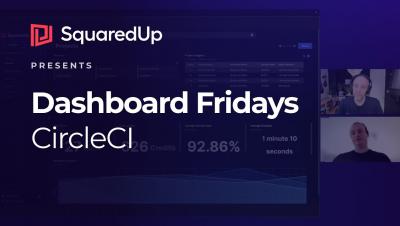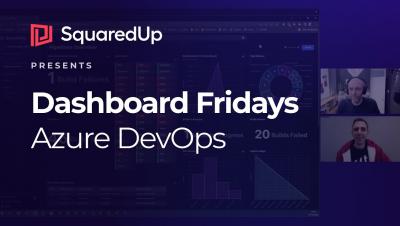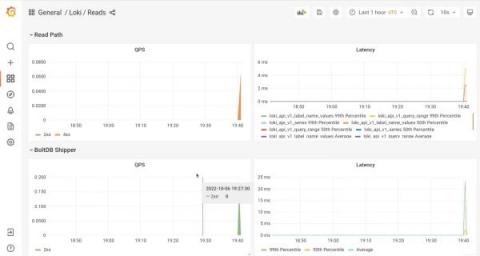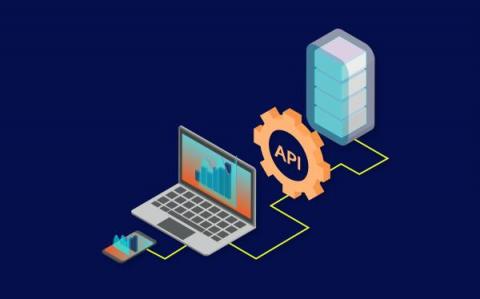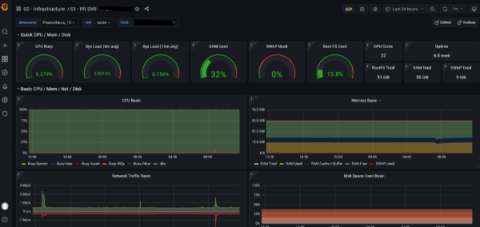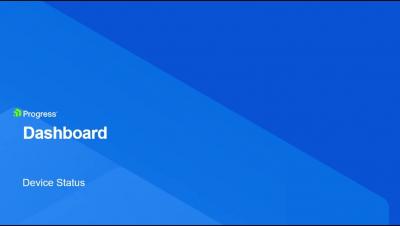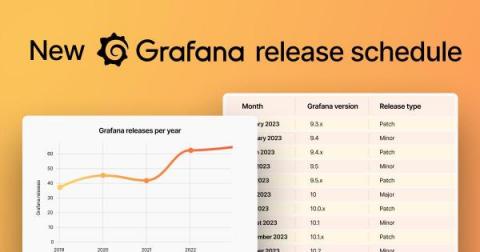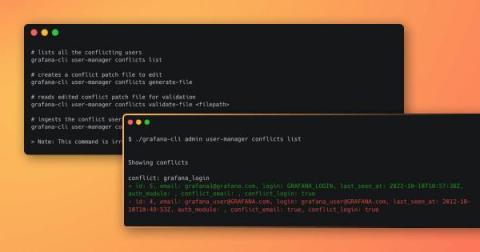Dashboards
Dashboard Fridays: Azure DevOps
The only Helm chart you need for Grafana Loki is here
The community has spoken, six Helm charts is not enough! We agree! In all seriousness though, six charts is simply too many to maintain. And while it might sound counterintuitive, that’s why we are announcing a new Helm chart. By focusing on the “Grafana Labs way" to run Grafana Loki using Helm, we believe this will help us and the community concentrate our Helm efforts into a single chart. This new chart is released under grafana/loki at Helm version 3 or higher.
LM Envision Application Topology: A New Way To Visualize Application Connections
How KCB Bank Uganda greatly improved transaction service monitoring with Grafana
In 2019, KCB Bank Uganda reviewed its systems and came to a startling realization: Due to outdated monitoring processes, its services could be down for hours before anyone was alerted internally. This downtime led to frustrated consumers, a rise in customer service complaints, and a decline in revenue.
How to Create and Modify Dashboard Reports in WhatsUp Gold
How to use monitoring and dashboards with Google Cloud Armor
Grafana releases: New 2023 release schedule
Over the last few years, the Grafana open source project has grown at an eye-watering pace, with more than 1 million active Grafana instances now in the wild. With that growth, our processes have had to run to keep up. This is especially true when it comes to how frequently we release new versions of Grafana. Currently we cut.
Grafana Loki top 5 query performance tips
Guide to using the new Grafana CLI user identity conflict tool in Grafana 9.3
Here at Grafana Labs, one of the things we’re always working on is making Grafana more consistent. Given the increased adoption of Grafana around the world and the number of users and authentication providers we support, we wanted to create better defaults for login and email fields.

